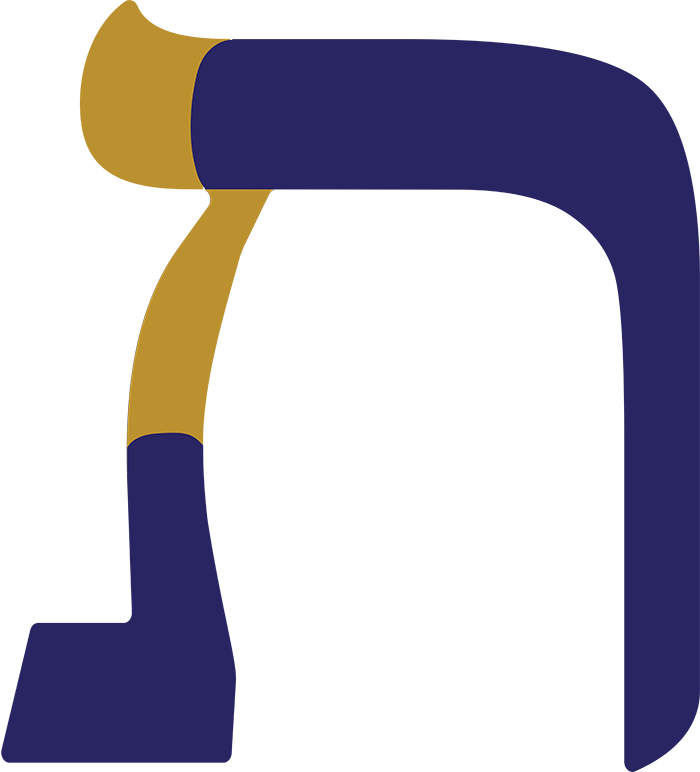The Tree of Life - Part 1
The Eitz Hachayim – Tree of Life was the tree in Gan Eden (the Garden of Eden) that gave those who ate from it, eternal life. Yet Torah is called Eitz Chaim. How is Torah similar to a tree and why does it have the same name?
Firstly, let’s see the similarity to a tree.
Torah is made up of a number of parts. The first level sub-division is Torah Shebichtav (Written Torah) and Torah Shebeal Peh (Oral Torah.) When Moshe went up to receive the Torah (1313 BCE,) Hashem dictated the Written Torah, stopping at intervals and instructing Moshe to refrain from writing and integrate into his mind the Oral Torah (explanations of the Written Torah.)
In later generations, the Written Torah was expanded to include the books of the Neviim (Prophets) and Ketuvim (Writings.) (Circa 1273-300 BCE)
Due to the spiritual/ intellectual decline of the generations, Rebi Yehudah Hanasi (Circa 190 CE) realised that the Oral Torah would be forgotten if it was not committed to writing and he composed the 6 sections of Mishnah. In a similar vein, Ravina and Rav Ashi (Circa 410 CE) wrote down the oral debates on the Mishnah entitled Gemora (the two together compose Talmud.)
Subsequently we have the Rishonim (early authorities eg. Rambam: 1135-1204) and Acharonim (later authorities eg. The Gaon of Vilna: 1720-1797,) up to the present day.
We can illustrate these divisions with the parts of a tree.
Chumash (the Five Books) is the seed. It contains everything that will come later, in microscopic form. The roots are the rest of Torah Shebichtav. We cannot reach (alter) them, yet they bring out the knowledge of the Chumash and are the link from seed to tree.
The trunk is Mishna, the first stage of the tree that is above the ground, accessible and of some practical use. From the Mishna we gain the principles which lead to halachah (Torah law.)
The branches are the Gemora, affording us much more benefit from the tree be it for shade, for climbing, hanging etc. Gemora requires sophisticated training and skills of learning which enable the learner to discover original ideas in Torah.
The leaves are the Rishonim, they provide oxygen, we can see colour etc. They distill the laws and lessons from all sections of Torah at a level that most of us would otherwise be unable to attain.
Finally the fruit is the Acharonim, the practical application of Torah in our modern world, be it through halacha (law) or hashkafah (outlook.) Therefore a Torah sage is able to give a definitive ruling on Nano-technology, even though this technology did not exist when the Torah was given.
There is no valid halachah or Torah statement that can be made nowadays that does not have roots in Torah Shebichtav, Mishna or Gemora.
Thus the tree maintains its integrity and continues to provide boundless instruction throughout the generations, eternally. It is this structure that equates Torah with The Tree of Life. It is the vehicle by which, through toiling to reach understanding and as a guide to living correctly in this world, we earn the eternal world to come.

